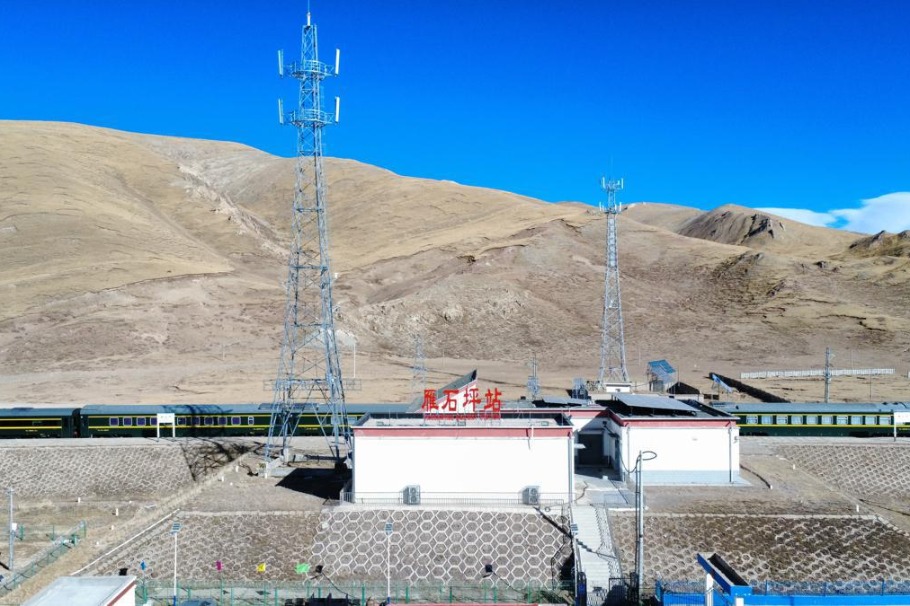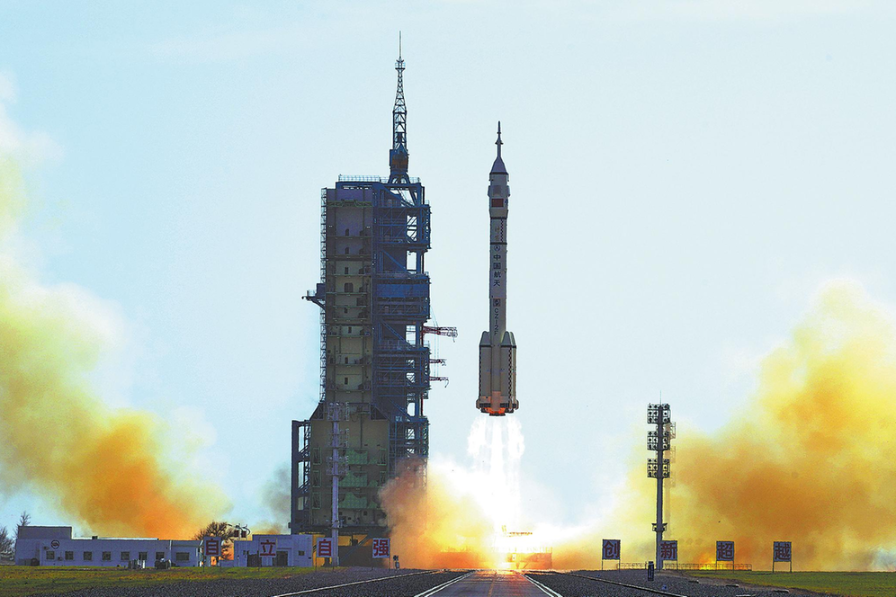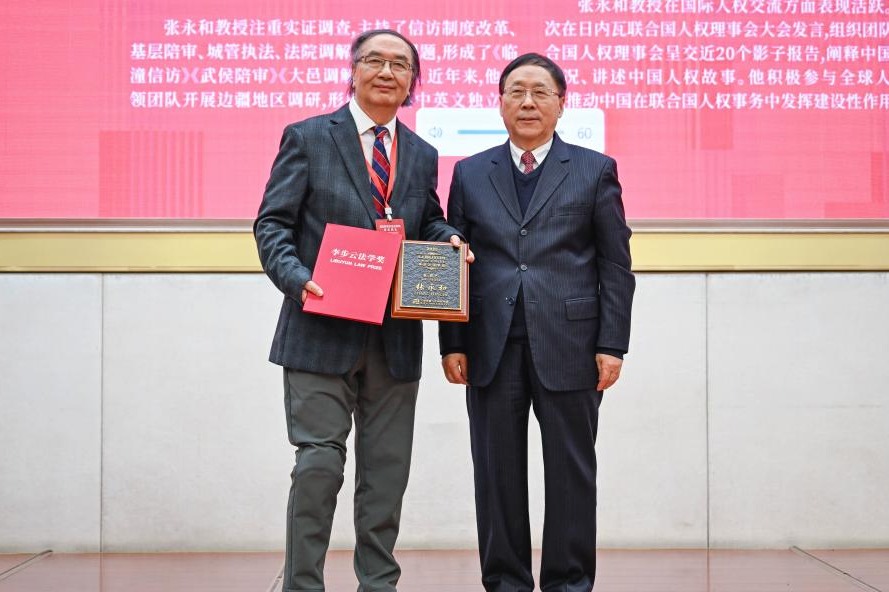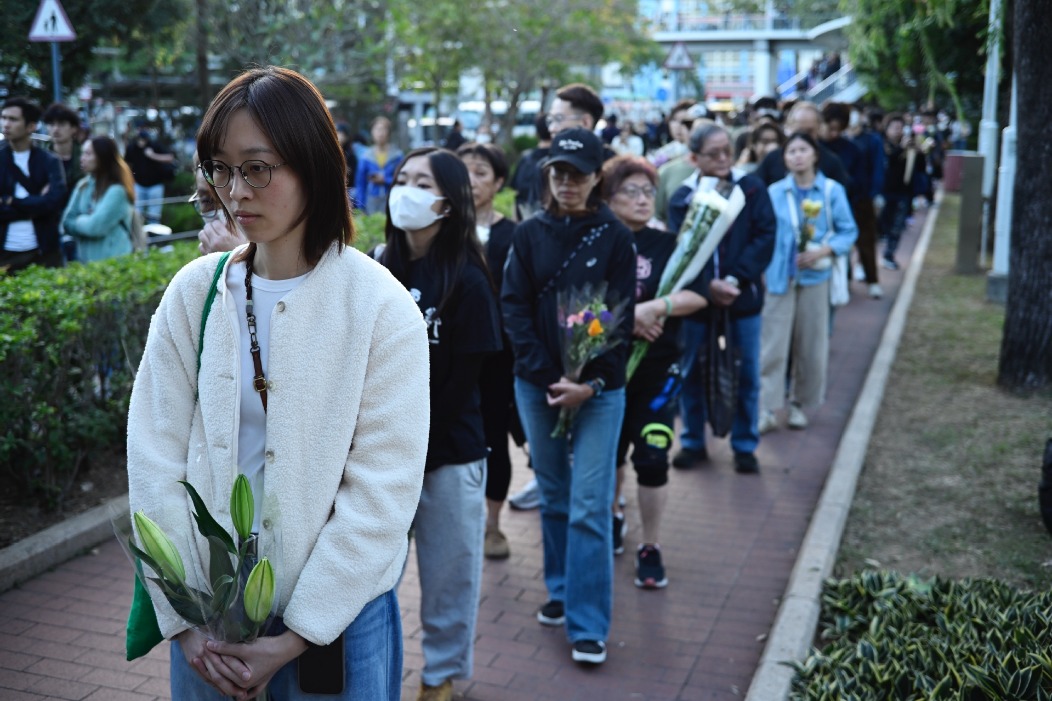China makes key breakthrough in artificial sun research

HEFEI -- Scientists in China announced they have set a world record by achieving 101.2 seconds of steady-state H-mode operation of the tokamak, an experimental device designed to harness the energy of fusion.
The milestone meant China's Experimental Advanced Superconducting Tokamak(EAST), dubbed "artificial sun," became the world's first tokamak device to achieve the 100-second-level, Hefei Institute of Physical Science under the Chinese Academy of Sciences said Wednesday.
Last year, the EAST team in Hefei, capital of Anhui Province, created a record by achieving over 60 seconds of steady-state long-pulse H-mode discharge of the device.
EAST's steady-state H-mode operation has provided important experimental support for the operation of International Thermonuclear Experimental Reactor (ITER), a large international scientific cooperation project.
More than 30 countries are participating in ITER to build the world's largest tokamak, a magnetic fusion device designed to prove the feasibility of fusion as a large-scale and carbon-free source of energy based on the same principle that powers the Sun and the stars.
- Archives detailing crimes of Japanese unit released
- 'Reservoirs of primordial water' may be buried deep within Earth
- China remembers victims of Nanjing Massacre, 88 years on
- China launches carrier rocket to deploy experimental cargo ship and satellite
- Relic dates Jinan founding to around 4,200 years ago
- New rocket set to debut soon, launch six satellites




































